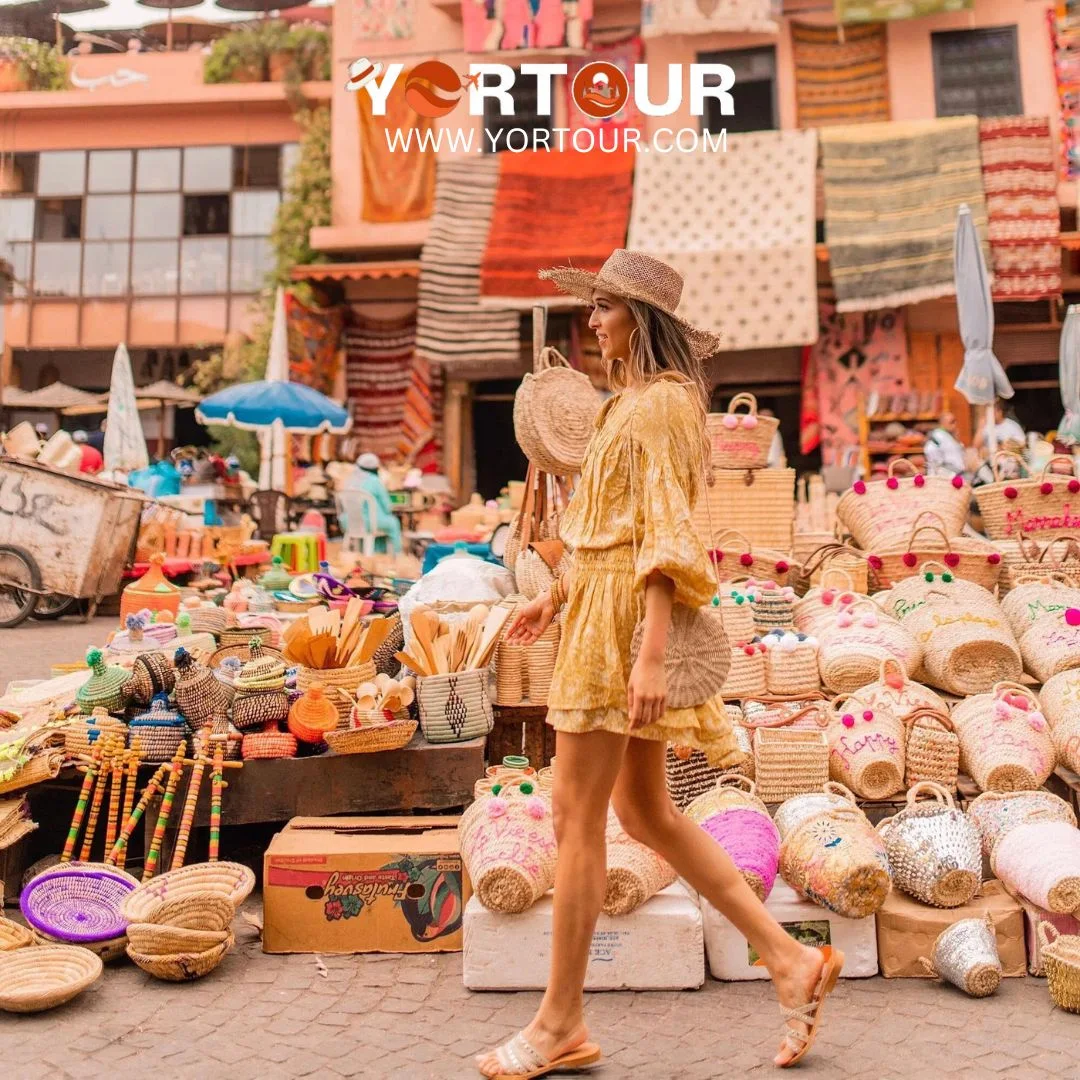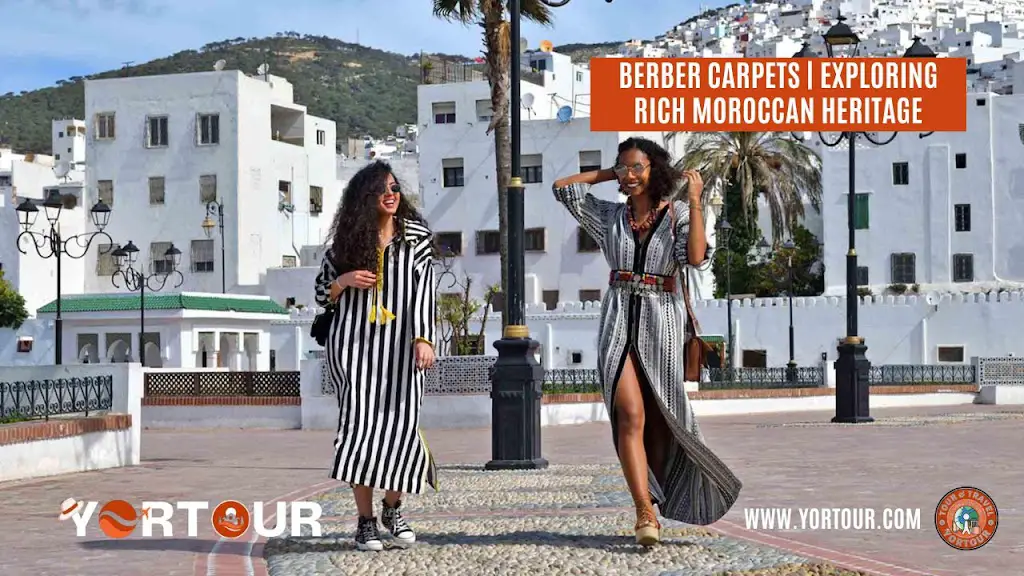Introduction to Tetouan – Morocco Hidden Jewel
Nestled in the picturesque valley of the Martil River and surrounded by the majestic Rif mountains, Tetouan stands as a beacon of Morocco rich cultural tapestry. This enchanting city, often referred to as the “white dove,” is a vibrant blend of Moroccan, Andalusian, Ottoman, and European influences. With a population of approximately 300,000, Tetouan historical significance and architectural beauty make it a must-visit destination for travelers seeking to explore Morocco diverse heritage.
Historical Significance and Cultural Heritage

Tetouan history is deeply intertwined with various civilizations, making it a melting pot of cultures. The city historic center, recognized as a UNESCO World Heritage Site, was meticulously rebuilt in the 15th century by Sidi Ahmed al-Mansur, a noble who fled from Granada. This medina, characterized by its whitewashed buildings and intricate craftsmanship, is a testament to Tetouan rich historical legacy.
Exploring the Medina – A Journey Through Time
The Enchanting Medina of Tetouan

The medina of Tetouan is a labyrinth of narrow streets, hidden alleys, and bustling souks. This ancient quarter, with its seven entrance gates, is home to numerous mosques, artisan workshops, and vibrant markets. Visitors can explore the Museum of Moroccan Art, which showcases a remarkable collection of regional costumes and traditional instruments. The medina architecture, with its harmonious white one-story houses, offers a serene and captivating atmosphere for wandering and discovering hidden gems.
Key Attractions within the Medina

- Walls of Tetouan: The crenelated walls surrounding the medina provide a glimpse into the city fortified past.
- Khalifa Palace: This historical palace, once a residence for the sultan during the Spanish Protectorate, now stands as a symbol of Tetouan architectural heritage.
- Archaeology Museum: Opened in 1940, the museum houses an impressive collection of artifacts from nearby archaeological sites, including relics from the Phoenician city of Lixus.
Tanners – A Dying Tradition

Adjacent to the Royal Palace and extending towards the cemetery lies the remnants of Tetouan tanneries. Once a thriving industry with over 120 artisans, only a handful of tanners now work in this area. Despite the decline, the tanneries remain a poignant reminder of Tetouan historical craftsmanship, contrasting with other Moroccan cities like Marrakesh and Fes, where this ancient trade continues to flourish.
The Spanish Ensanche – A Legacy of the Protectorate

The Spanish Ensanche, a neighborhood developed during the Spanish Protectorate, serves as a bridge between Tetouan old medina and its modern districts. Central to this area is Place Mulay El Mehdi, previously known as Plaza de Primo de Rivera. This vibrant square, featuring the church of Notre Dame de la Victoire, exemplifies the unique blend of Spanish and Moroccan architectural styles.
Markets and Souks – A Shopper Paradise

Tetouan markets are a treasure trove of artisanal products and traditional Moroccan goods. Key shopping areas include:
- Rue Terrafin: Renowned for its pottery, lamps, rugs, and leather goods.
- Place Souk El Hot: Famous for its vibrant, striped aprons.
- Place El Gherssa El Kebira: Home to various antiques shops.
- Rue Luneta: Known for its painting and furniture shops.
For food enthusiasts, the Tetouan market offers a wide array of local delicacies and traditional Moroccan confectionery.
Culinary Delights – Where to Eat in Tetouan
Tetouan boasts a rich culinary scene, with restaurants offering a blend of Moroccan and international cuisines. Notable dining spots include:
- La Unión: A charming Moroccan-style restaurant located on Av. Mohamed V.
- La Esquina del Pescado: Specializing in fresh fish dishes, situated on Av. Chakib Arsalan.
- Blanco Riad: Offering a diverse menu of Moroccan and international dishes, located at 25 Rue Zawiya Kadiria.
Nearby Attractions – Exploring Beyond Tetouan

Coastal Escapes and Natural Wonders
- M’diq, Martil, Marina Smir, and Cabo Negro: These coastal towns are perfect for a relaxing beach getaway.
- Beni Hosmar Mountains: Opposite Tetouan, these mountains feature the Buselmal springs, known for their pristine water and lush surroundings.
- Ruins of Tamuda: The remnants of the only pre-Roman city in North Africa, offering a glimpse into ancient history.
- Oued-Laud: A coastal destination with a beautiful beach and historical barracks from the Protectorate era.
Travel Tips for Visiting Tetouan

When planning a visit to Tetouan, consider the following advice:
- Avoid Fridays: Many trades, including jewellers, close on Fridays for the Muslim day of prayer.
- Timing Your Visit: It’s best to avoid visiting during Ramadan, as the city pace and activities change significantly during this holy month.
- Day Trips: Tetouan can be explored in a day if you focus on the highlights of its historic center.
Accommodation – Where to Stay Near Tetouan

For convenient access to Tetouan, Tangier is an excellent base. The Barceló Tánger, located in the heart of Tangier tourist district, offers comfortable accommodations and a range of amenities. With its proximity to the beach and scenic sea views, it’s an ideal choice for travelers planning day trips to Tetouan.
Conclusion
Tetouan, with its rich historical heritage, vibrant markets, and stunning architecture, offers a unique glimpse into Morocco diverse cultural landscape. Whether you’re exploring the enchanting medina, shopping in bustling souks, or savoring the local cuisine, Tetouan promises an unforgettable experience for every traveler.
This guide is designed to provide an in-depth exploration of Tetouan, offering insights into its historical significance, cultural heritage, and modern attractions. Whether you’re planning a day trip or an extended stay, Tetouan unique charm and beauty are sure to captivate your heart.
